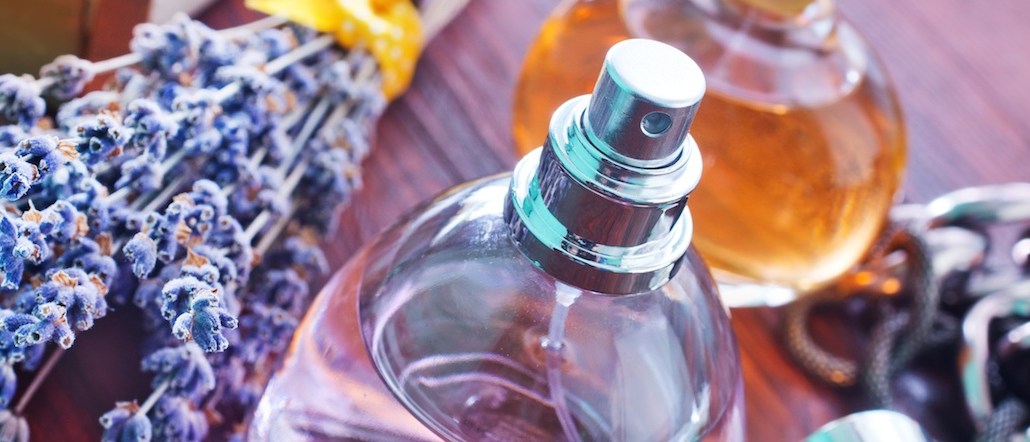
A koan for the digital age: How does one market fragrance to digital natives in a space where there is no smell?
Scentbird, a Birchbox-like subscription service for fragrances is looking to meet the millennial needs for authenticity, quality, variety and experiences. It helps users digitally identify their perfume palette with a quiz and then sends them a month’s supply of a designer perfume tailored to their tastes for $15.
“Millennials like variety. They don’t really have a ‘signature scent’ anymore,” said Rachel ten Brink, Scentbird CMO and co-founder. The company conducted a survey that found only 3 percent of the 400 millennials it surveyed had what they considered “a signature scent,” a perfume brand they were particularly loyal to. “We not only make the process of searching for fragrances online very visual but also make it a fun exploration catering very much to the millennial psychology of seeking experiences rather than products.”
The market seems to be responding. According to the “Michael Edwards Fragrances of the World” report from last year, there were more than 1,600 new fragrances launched in 2014. (In 1921, the year Chanel N°5 launched, there were five new fragrances.)
“The concept of a ‘fragrance wardrobe’ has become very popular with millennials because they can personalize and match the scent to their mood, their style, etc.,” said Geoff Schiller, chief revenue officer of Evolve Media, which recently published the “Martini Report” on millennials. “The millennial generation includes their fragrance in their personal expression.”
But while they may like variety, millennials still have an affinity for high-end luxury brands, according to a different survey by Olivia Tong, research analyst and director of U.S. cosmetics, household and personal care at Bank of America Merrill Lynch.
“For these brands to succeed, you have to be in the right channel, and have the right marketing messages and the right price,” Tong wrote.
A suite of these luxury perfume sellers are crafting bespoke media-rich experiences to reach affluent audiences.
Marc Jacobs, for instance, opened a Marc Jacobs Daisy pop-up store last year, letting fans use Instagram photos of the brand as currency to purchase perfume, wallets and purses there. Every fan who uploaded a photo to Instagram with the hashtag #mjdaisychain received a small container of liquid, roll on or solid perfume. The first 10 fans who uploaded a photo received a full-size bottle of perfume. The pop-up shop also offered free manicures and prints of photos taken in the store.
In a bid to grow their own following, Estée Lauder recently launched a new fragrance called “Modern Muse La Rouge” with Kendall Jenner, who has a massive tween following and more than 34.4 million followers on her Instagram account.
Double the fun for #FanFriday ( by @thehappysloths) #ModernMuse A photo posted by Estée Lauder (@esteelauder) on
Apart from these partnerships, the brand heavily invests in Instagram, which it views as an ideal platform for beauty brands for product photos, beauty inspiration and how-to’s.
“Millennials always like to be in the know of what’s new and cool, and often look at their social groups for inspiration and recommendations” said Karen Grant, the global beauty industry analyst at the NPD Group. “Brands that keep them informed and build communities are the ones that will do well.”
More in Marketing

Ahead of Euro 2024 soccer tournament, brands look beyond TV to stretch their budgets
Media experts share which channels marketers are prioritizing at this summer’s Euro 2024 soccer tournament and the Olympic Games.

Google’s third-party cookie saga: theories, hot takes and controversies unveiled
Digiday has gathered up some of the juiciest theories and added a bit of extra context for good measure.

X’s latest brand safety snafu keeps advertisers at bay
For all X has done to try and make advertisers believe it’s a platform that’s safe for brands, advertisers remain unconvinced, and the latest headlines don’t help.





